2009 SMART Fortwo Review

It’s fashionable nowadays to sneer at big SUV, those wastrels who chug for hours straight from the gas pump. Small is “in” in a big way, whether it’s miniscule phones or new vehicles.
FAST FACTS
| 1. The Smart fortwo is powered by a 70hp 1.0-liter 3-cylinder engine. |
| 2. Fuel economy is rated at 33/41 mpg (city/hwy). |
| 3. A Cabriolet model is offered but at a significantly higher starting price of $16,990. |
If you follow the current downsizing trend right to its logical end, you’ll find the Smart fortwo, the tiniest four-wheel car on sale in North America. In person, it’s a riot, and its itty-bitty dimensions make you want to pinch its plasticized cheeks. It looks more like a life-sized Tamagotchi than a method of transportation.
The Smart originated in meetings between Mercedes-Benz and the Swatch watch company nearly two decades ago to solve Europe’s overcrowding woes. The first fortwo sold like gangbusters to a continent ready with shared storage areas and nose-to-the-curb parking; nearly a million Smarts have found homes since the brand’s debut on the basis of an inexpensive, fuel and space efficient, safe commuter vehicle. And yes, safety is right at the Smart’s core, evidenced by the silver “tridion safety cell” that makes up much of the fortwo’s profile.
PLENTY OF SAFETY FEATURES
To attract buyers in the land of the Chevrolet Suburban and Toyota Tundra, Smart ensured its offering has the most standard safety features of anything in its price range. Besides the steel shell and beefy side-impact structural members, there are standard front and side airbags, ABS with brake-force assist, an electronic stability program, Cornering Brake Control, Acceleration Skid Control and Engine Torque Control.
SPACIOUS AND PREMIUM INTERIOR
Despite its roller-skate appearance, the fortwo isn’t compromised. There’s full, spacious seating for two, decent in-cabin storage and a good-sized trunk above the rear-mounted engine.
The interior is a huge step forward compared to earlier versions, with a less frantic design and a better choice of materials. Given that the second-generation Smart was designed with North American tastes in mind, the new fortwo is slightly larger than its predecessor, helping to improve cabin space and seating positions.
ONLY ONE ENGINE OFFERED, A 70 HORSEPOWER 3-CYLINDER
The range is powered exclusively by a 1.0-liter 3-cylinder “triple” that produces 70 hp, and the sole transmission is a five-speed automated manual transmission. Much like the systems fitted to far pricier performance machines, the gearbox is an excellent idea… in theory. Since there’s no clutch pedal, it offers the option of letting the system shift itself like a traditional automatic, or using the push/pull shift lever (or optional steering-wheel paddles) to change up or down.
In practice, you’re lucky to escape a ride to the supermarket without a side-trip to the chiropractor. The shifts are slow in either mode, and force you to back off the throttle to help smooth the transitions to avoid whiplash. Since this was one of the most complained about ‘features’ of the original fortwo, it’s obvious that Smart thinks it’s smarter than the rest of us by neither improving the system nor offering a traditional five-speed manual.
Rant aside, 70 horsepower goes farther than you would imagine. While acceleration to 60 mph is slow, taking about 13 seconds, once there, the Fortwo is surprisingly speedy and able to maintain its 90 mph top speed with only a little strain.
Highways, however, are not this vehicle’s forte, evidenced by the jouncing, bouncing suspension and susceptibility to wind gusts. The Smart is much more comfortable around town, and – if you’re not forced to change gear – is peppy enough to keep up with the stoplight-to-stoplight crowd.
The payoff to this unstressed motivation is excellent fuel economy, hitting 33/41 mpg (city/highway). While those are not the stellar mile-stretching numbers of the first-gen turbodiesel, the new Fortwo is still frugal.
THE SMALLEST CAR ON THE ROAD, BUT NOT THE CHEAPEST
The range starts with the $11,990 fortwo Pure, and despite the low price, there are some niceties like a two-spoke leather steering wheel, full instrument cluster and central locking with a remote.
The $13,990 Passion is the range’s sweet spot, offering a panorama roof, alloy wheels, air conditioning with climate control, a three-spoke leather sports steering wheel with shift paddles, power windows, electric and heated side mirrors, and AM/FM radio with CD player. The wheels remain 15-inches in diameter but are now nine-spoke alloys, and include a tire-pressure monitoring system.
Popular options on both include metallic paint, an alarm system, power steering, heated seats, fog lamps and a premium audio system with an auxiliary input jack. Pricing varies based on model, and only the Passion can be ordered with grouped packages.
The ultimate fortwo is the Brabus model, although despite the additional aesthetic changes, engine performance is identical. For $17,990, the Brabus features sportier exhaust tuning, chassis and suspension components, and aerodynamic elements. It also features a unique wheel style with 17-inch wheels in the rear to give the Smart a real hot-rod appearance.
Other additions include a full skirt package, heated leather seats, sport pedals and floor mats with a generous helping of Brabus logos littered around the cabin.
For those interested in a top-down experience, the fortwo can be ordered as a cabriolet with a powered roll-back canvas roof in both Passion and Brabus trims, adding $3,000 to each.
THE VERDICT
In terms of competition, the Smart is mostly a one-shot deal given its compact dimensions and two-seat format, but there are other inexpensive vehicles with only a small increase in size that would be foolish to ignore. The Toyota Yaris can be had for about $12,200, while the Korean compact Accent/Rio twins now start at under $10K. And they all have power steering standard.
Much like the Mini Cooper, the fortwo is more a premium offering with its high standard safety levels and excellent build quality standing head and shoulders over the rest of the segment. However, unless you’re commuting in an urban environment daily or are thinking of one to purchase as a third vehicle for your college-bound child, perhaps look elsewhere for a less frantic driving experience and nicer highway ride.
PLUS
- Highway manners
- Herky-jerky transmission
- Could be more fuel-efficient
MINUS
- Compact dimensions
- Standard safety gear
- Over-the-top Brabus model

Mark has worked as an automotive journalist for over 10 years, starting as a student at Centennial College, in Toronto, by launching an auto-review section in the college paper, The Courier. Since then, he's been Editor of Inside Track Motorsport News and its Streetwise section of new-vehicle reviews and industry news, done stints at Carguide and World of Wheels, and currently works as an award-winning freelancer for AutoGuide.com, MSN Autos Canada and more. He's also a first-time father, so don't be surprised if the frustration of properly installing a car seat creeps into his work.
More by Mark Atkinson
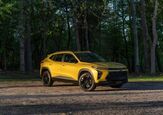

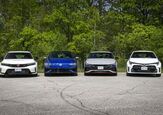

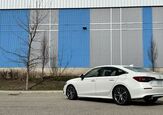
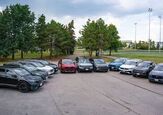
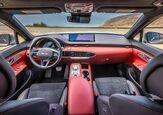
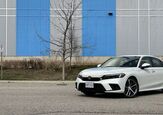
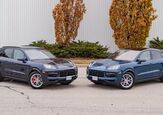
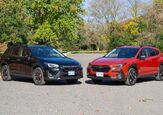
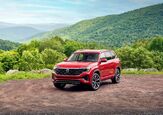
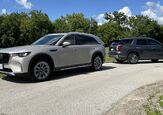
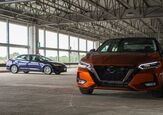
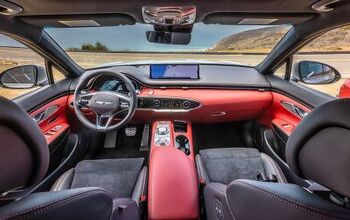

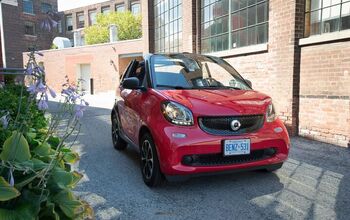

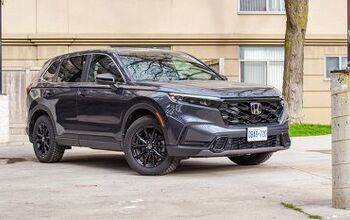
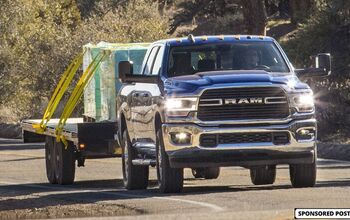
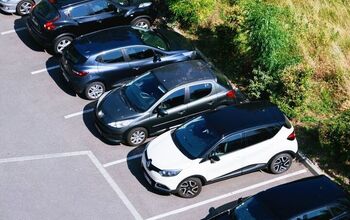

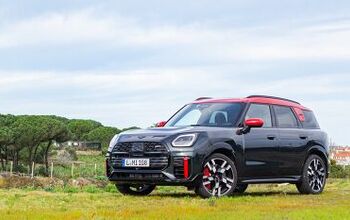
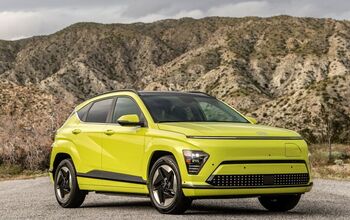
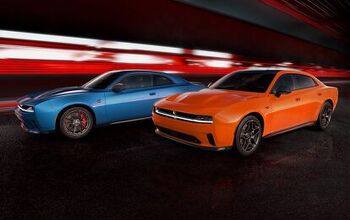

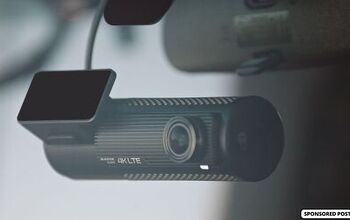
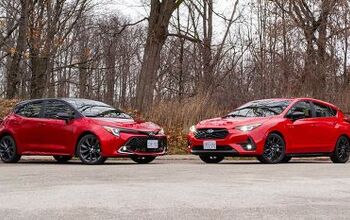

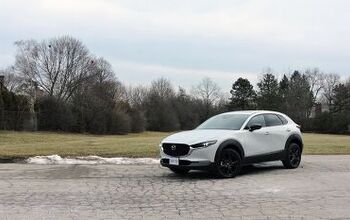
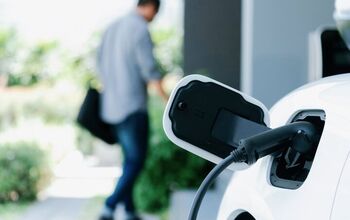
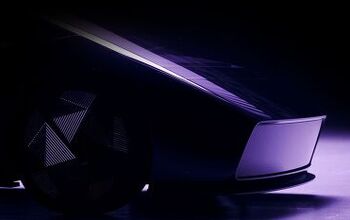
Comments
Join the conversation
Why is the diesel not available in the states? Would love to have one, even tried to get on in Canada. no Luck